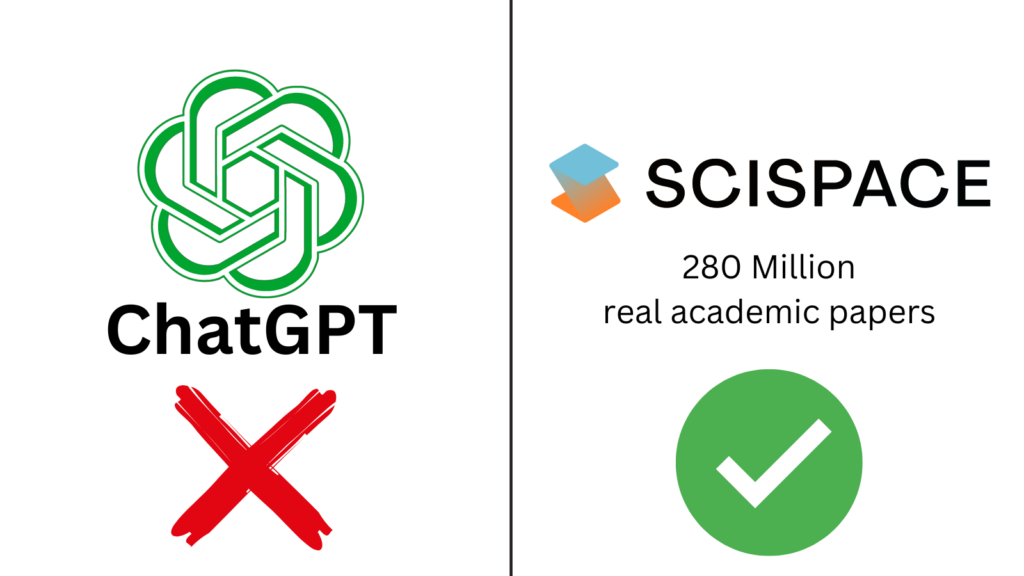
In this post I’d like to discuss the complex and somewhat murky world of AI writing tools. First, let’s break down these tools into categories based on how I use them.
The first category includes tools like SciSpace, LitMaps, and Scite. These tools assist with literature reviews, helping you find and analyse research papers for your projects. They make the process of reviewing literature much more efficient and manageable.
The second category consists of tools where you can upload a PDF. For instance, you can use SciSpace, Claude AI, Chat PDF, or even Adobe Acrobat, which recently introduced a similar feature. These tools allow you to interact with your documents in a more dynamic way, making it easier to work with large amounts of text.
Now, let’s talk about what I refer to as the “grey zone” of AI tools. I use this term because I cannot fully endorse the use of these tools. Many students and researchers might praise them, but I strongly advise caution. Universities currently lack clear regulations regarding the use of AI tools, especially those that claim to “humanise” AI-generated text. Examples of such tools include Undetectable AI, Hix AI, Bypass AI etc.
I tested Undetectable AI and similar tools a few months ago and found the results to be not desired. I do not use them for my academic or personal work, such as blogging. While these tools might be useful for tasks like blogging, where you can use AI-generated content as a starting point and then heavily edit it, I have issues with the term “humanise.” These tools often introduce artificial spelling errors, strange spacing, and other flaws into the text, requiring significant editing afterwards.
So, while they might claim to make the text seem more human, the quality of the content is compromised. Additionally, if you take this “humanised” text and run it through another tool like Originality AI, it might not detect it as AI-generated. However, the content remains not desired, which is why I do not recommend using these tools for any serious work.
Many people might be using these tools, but relying on them blindly can ruin your academic work. Tools like TurnItIn can easily identify AI-written content, and universities will likely adopt even more powerful tools in the future. According to AI tool creators I have spoken to, there is currently no tool on the market that can perfectly humanise or detect AI-generated text with 100% accuracy.
Whether you are a student or an evaluator, I do not recommend using tools that claim to humanise or detect AI-generated text. These are my thoughts on what I call the “gray zone” of AI tools. I would love to hear your opinions and experiences with these tools.

